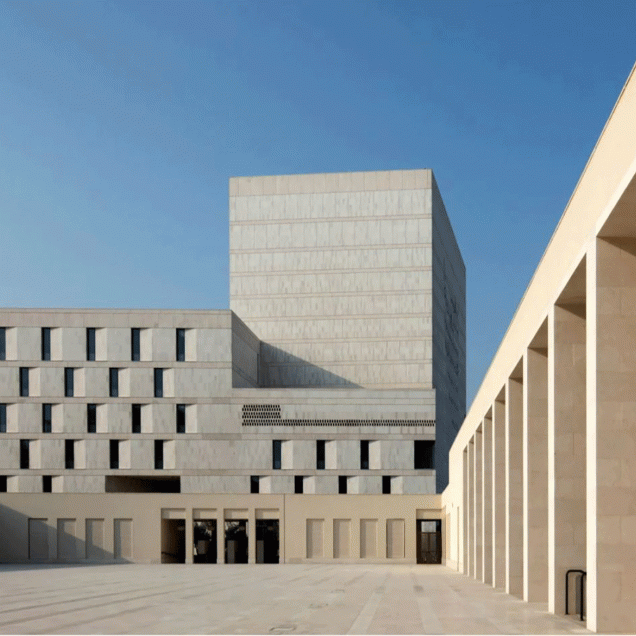

The process of redevelopment involved close consultation with many stakeholders including English Heritage, The Palmerston Fort Society, Winchester Conservation Department, Natural England and various other local action groups. It needed first to bring together an understanding of the Fort and the requirements of the Armouries.
Several years of rapid visitor growth at Fort Nelson highlighted key limiting factors that were starting to hinder both audience numbers and the ability to interpret the fort and its collection. Primarily, the physical layout and size of the key galleries and visitor facilities were no longer able to cope with the level of demand. Secondly, a large part of the collection was housed in a temporary tented structure with no environmental controls in which some of the main items of the collection where deteriorating.
After a Conservation Plan was generated and agreed on, a master plan was developed in line with the main issues indicated above which highlighted various potential projects. This was then aligned to a funding plan and the project put into realisation on award of a £2 million grant from the Heritage Lottery Fund.
The design involved turning the museum on its head by creating a new exciting entrance to the museum across an existing draw bridge that used to be only used as the staff entrance. The following headline improvements were achieved by this project: